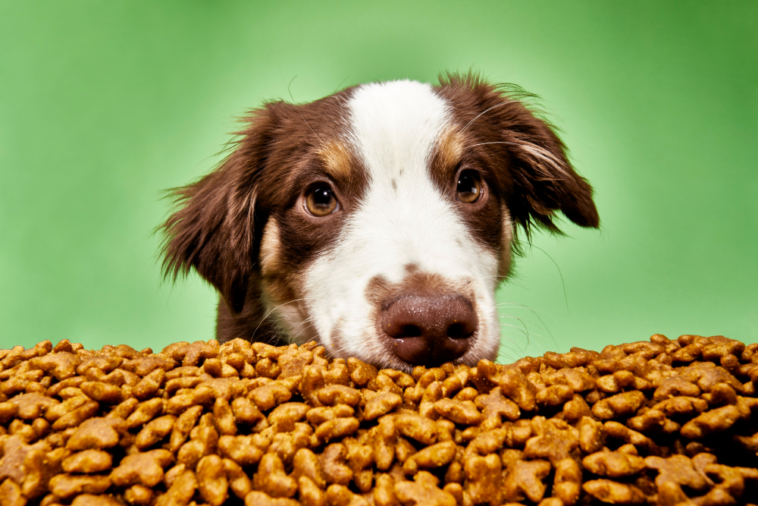Pet food has become noticeably more expensive, a trend that concerns many pet owners. Understanding the factors behind these rising costs is essential for making informed decisions about pet nutrition.
In this blog, we’ll explore the various elements that contribute to the high price of pet food, ranging from quality ingredients to production processes, and offer practical tips for managing these expenses. Our goal is to demystify the complexities behind animal nutrition pricing, helping you balance your pet’s health needs with your budget.
Quality Ingredients
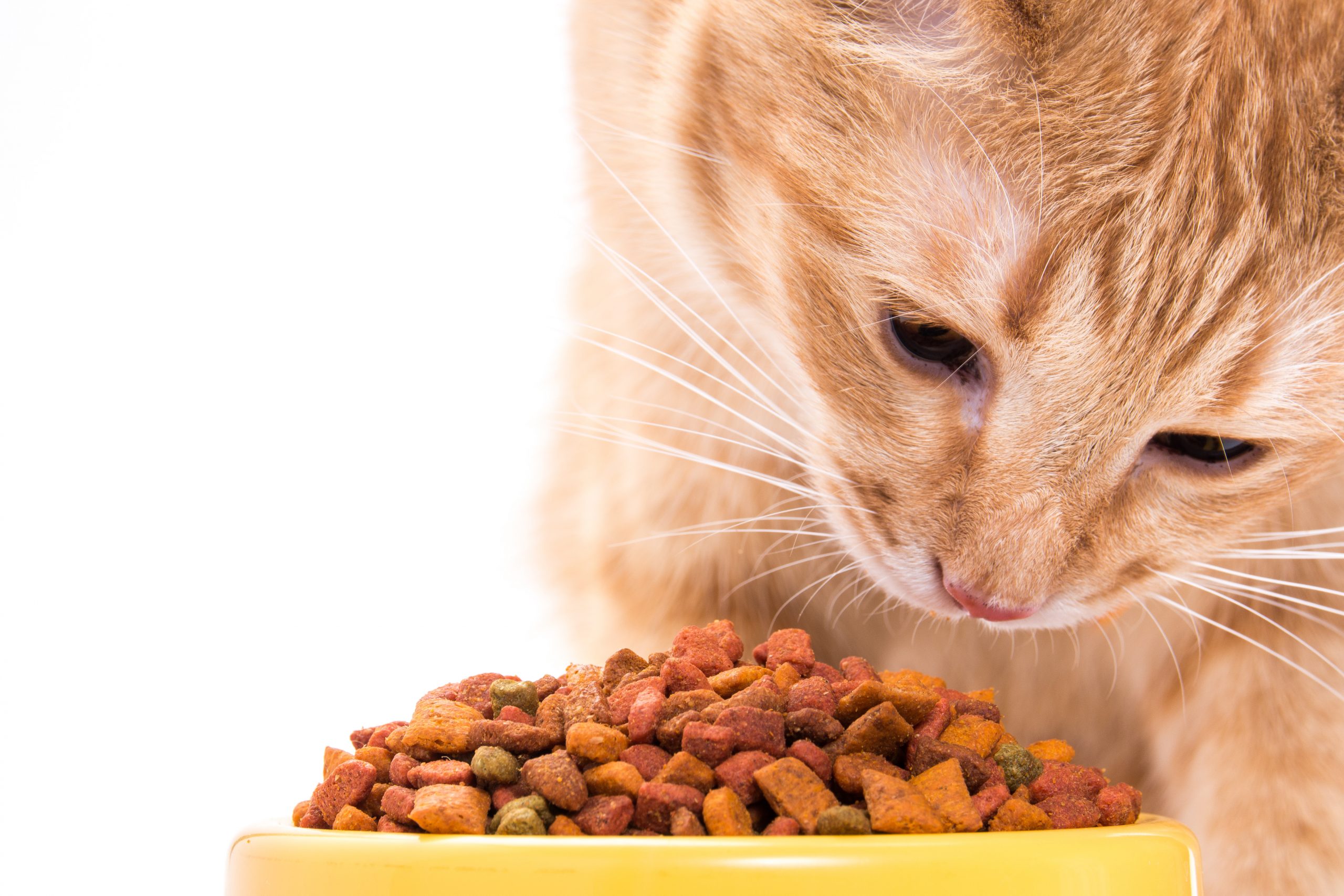
The use of high-quality ingredients is a primary factor driving up the cost of pet food. These ingredients, often comparable to those in human food, are chosen for their nutritional value and digestibility. They provide essential proteins, vitamins, and minerals, which are crucial for your pet’s health. While the health benefits of quality ingredients are undeniable, their impact on the final price of pet food is substantial. Pet owners are often faced with the dilemma of choosing between cost and quality, a decision that can have implications for their pet’s long-term health.
Production and Processing
The production and processing of pet food involve intricate steps that add to the overall cost. This process starts with sourcing ingredients, which must meet certain quality standards, and extends to the manufacturing phase, where these ingredients are transformed into the final product.
The production process also includes stringent quality control measures to ensure the safety and nutritional value of the food. Additionally, the packaging of animal nutrition ingridients, which is designed to maintain freshness and appeal to consumers, contributes to the cost.
Brand Reputation
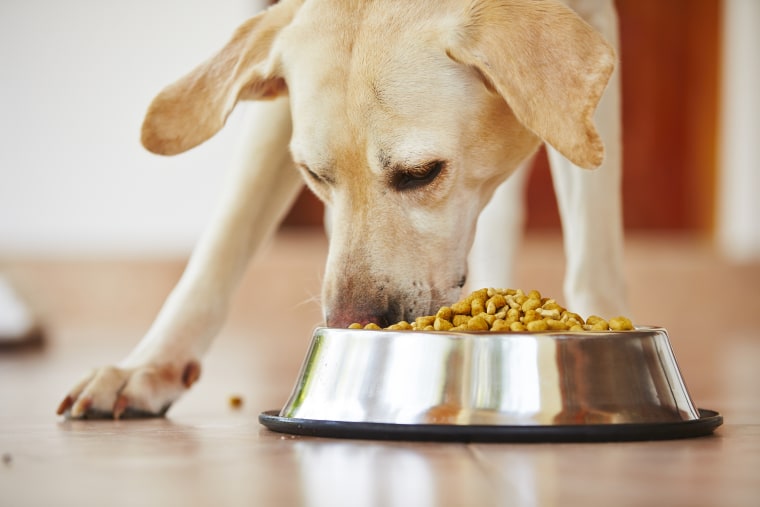
Brand reputation plays a significant role in the pricing of pet food and it is the goal of every serious pet food manufacturer. Well-known brands, which have established trust and recognition among consumers, often command higher prices. These brands invest heavily in research and development, quality ingredients, and marketing strategies, all of which are reflected in their pricing.
However, it’s worth considering lesser-known or store brands, which can offer similar nutritional value at a more affordable price. While the reputation of a brand is important, especially in terms of quality assurance, it doesn’t always mean that lesser-known brands are inferior. Smart shopping involves comparing ingredient lists and nutritional content rather than relying solely on brand recognition.
Nutritional Requirements
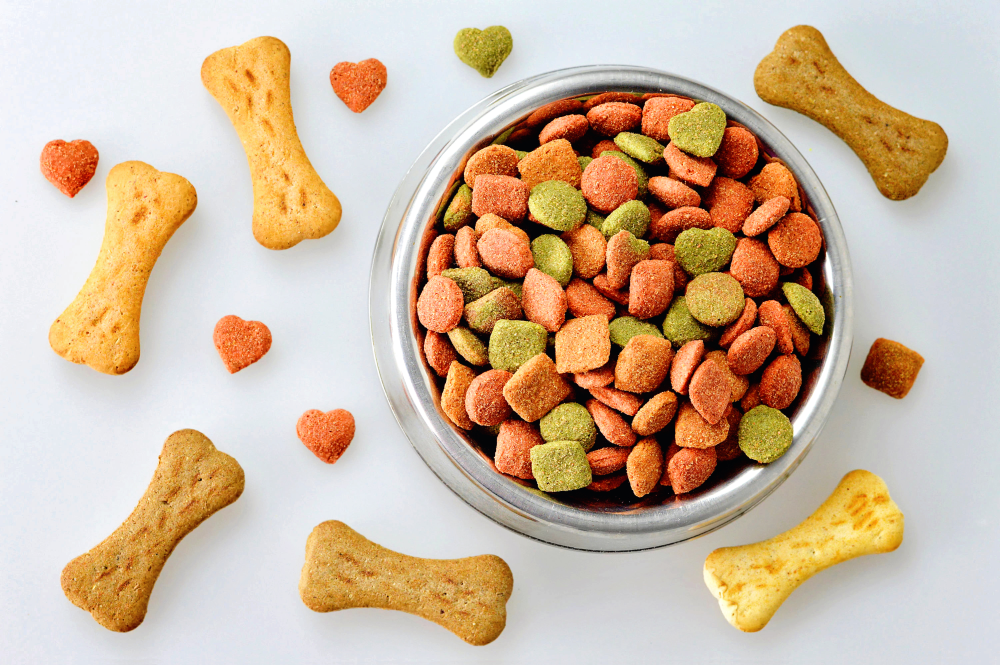
The pricing of pet food is heavily influenced by the need to meet specific nutritional requirements. Different pets, based on their age, breed, and health status, require different nutritional profiles. Formulating and producing food that meets these diverse needs is a complex and costly process. Premium products often include a balance of proteins, fats, carbohydrates, vitamins, and minerals, tailored to specific life stages or health conditions. While cheaper options might be available, they may not provide the comprehensive nutrition that pets require.
Marketing and Advertising
Marketing and advertising efforts significantly impact the cost of pet food. Brands invest in attractive packaging, promotional campaigns, and endorsements to differentiate their products in a competitive market. These marketing strategies, while effective in driving sales, add to the overall cost of the product. Interestingly, lower-cost product options may not invest as much in marketing, focusing instead on providing basic nutrition at an affordable price. As a consumer, it’s important to look beyond the marketing hype and assess the actual nutritional value of the food, ensuring that your pet’s health needs are met without unnecessary expenditure.
Specialized and Prescription Diets
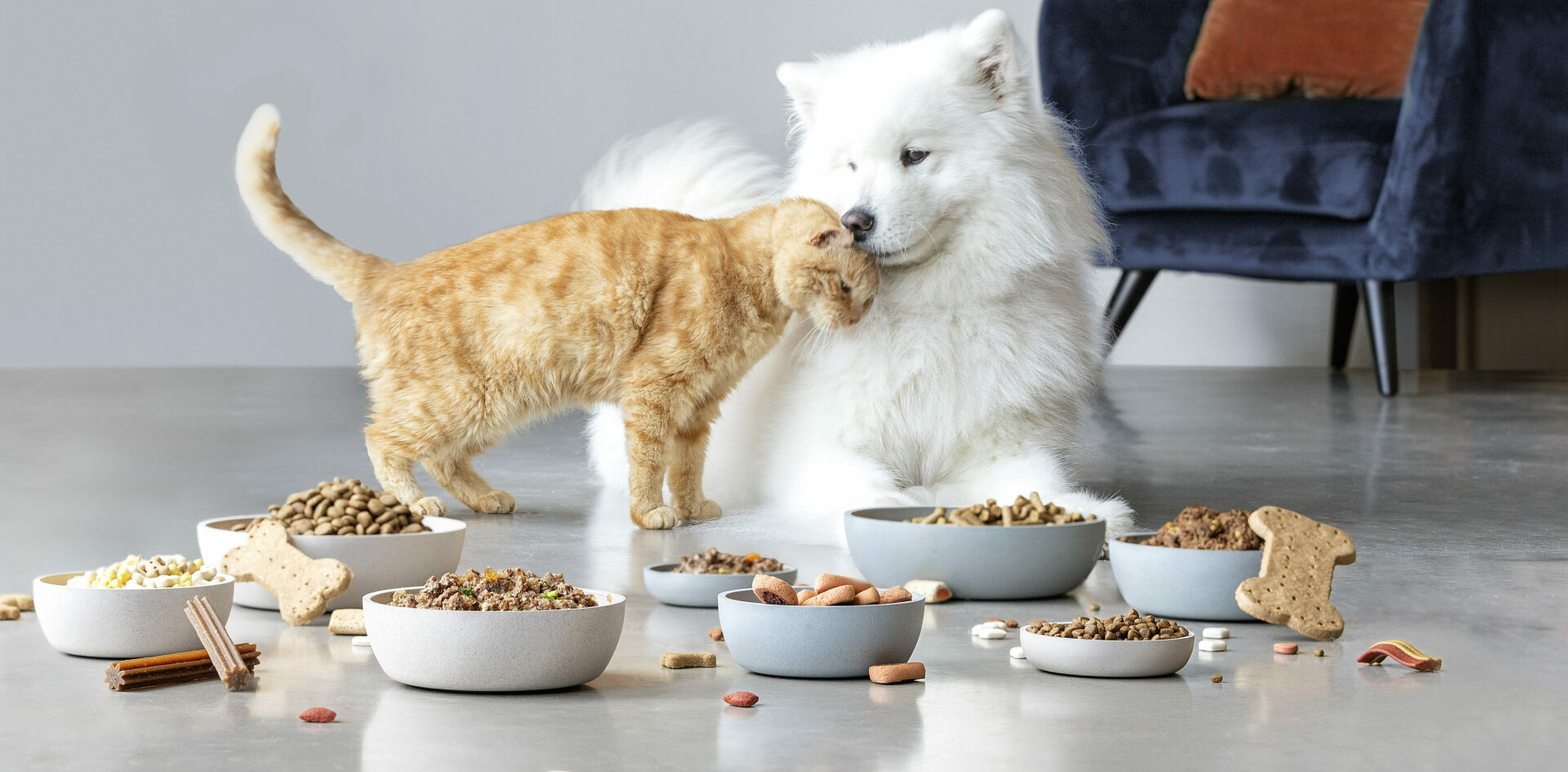
Specialized and prescription diets, essential for pets with specific health needs, are often more expensive due to their unique formulations. These diets cater to conditions like allergies, kidney issues, or digestive problems, requiring research, quality ingredients, and rigorous testing. The development process of these diets is intricate, ensuring they meet the precise nutritional requirements needed to manage various health conditions. This specificity in formulation and the limited market for such products contribute to their higher cost.
Government Regulations
Government regulations significantly impact the cost of pet food. These regulations ensure the safety and nutritional adequacy of animal nutrition, requiring manufacturers to comply with strict standards. Compliance involves rigorous testing, quality control measures, and adherence to manufacturing protocols, all of which add to production costs. While these regulations lead to increased expenses, they are vital for protecting pet health and maintaining industry standards. The added costs reflect the commitment to producing safe, high-quality food for pets, which is a critical consideration for pet owners.
Supply Chain and Transportation
The supply chain and transportation logistics greatly influence pet food pricing. Factors include sourcing costs for quality ingredients, often from diverse global locations, and the expenses related to transporting these ingredients to manufacturing facilities. These logistics not only add to the price but also reflect the complexity of ensuring a consistent supply of pet food in the market. Considering the global nature of ingredient sourcing and the need for efficient distribution, these supply chain dynamics play a crucial role in the final cost of these products.
Size and Breed of Your Pet

The size and breed of your pet significantly influence food costs. Larger breeds require more food, leading to higher consumption and expense. Additionally, different breeds have varying nutritional needs, with some requiring specialized diets. These diets may target specific health issues or cater to the unique metabolic rates of certain breeds. The cost of pet food is thus directly linked to the portion sizes and specific dietary requirements of your pet. Smaller breeds or pets with less specialized dietary needs can be more budget-friendly in terms of food costs, offering some relief to pet owners.
Shelf Life and Storage
The shelf life and storage requirements of pet food also affect its cost. Products with longer shelf lives often contain preservatives and specialized packaging, which add to the production costs. Proper storage is crucial to maintain the quality and safety of pet food, influencing both the design and materials used in packaging. These factors, while increasing the price, are essential for ensuring the food remains fresh and nutritious over time. Pet owners should consider these aspects when purchasing pet food, as buying in bulk or larger quantities might not always be cost-effective if the product has a limited shelf life.
Budget-Friendly Tips
To save on pet food costs, consider these practical tips:
- Explore store brands that offer quality at a lower price.
- Buy in bulk when possible, but ensure you can store the food properly.
- Look for discounts, coupons, and sales at local stores or online.
- Compare prices and ingredients of different brands to find the best value.
- Consider making homemade pet food, ensuring it meets nutritional requirements.
- Consult with a veterinarian for affordable diet options, especially for pets with special dietary needs.
By employing these strategies, you can manage pet food expenses effectively while still providing nutritious and quality meals for your furry friends.



